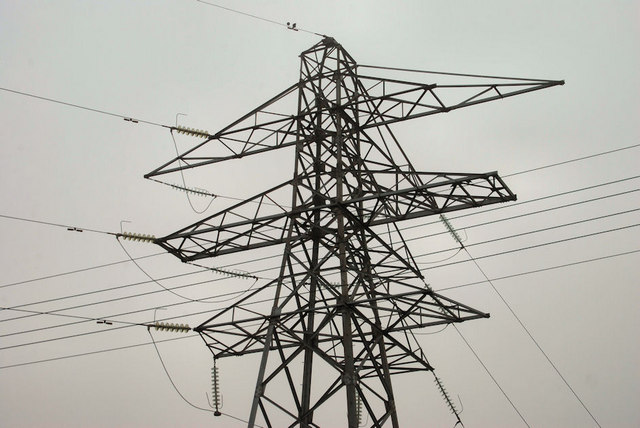Forty-six states have told the U.S. Environmental Protection Agency they intend to request a non-competitive $3 million grant to plan how to reduce climate pollution. The planning grants will be followed by $4.6 billion of implementation grants.
To aid states planning to reduce pollution from the electric generating sector, the Clean Energy States Alliance (CESA) has published a high-level overview of energy modeling, also known as integrated resource planning.
“Many states will be turning to modeling to evaluate future scenarios” for their electric generating resources, said Bentham Paulos, senior research associate for CESA, on a webinar. “So we thought a report like this was timely to get everyone up to speed about how modeling works.”
EPA’s grant program allows planning grants to be used for modeling and analytical costs, among other purposes.
Modeling software can be complicated and expensive, Paulos said. Even so, simply understanding resource models and how to interpret the results “can be just as important or maybe even more so than doing your own modeling,” he said. “Modeling can give us insight, but also modeling can be abused,” he added, as “people who have a commercial interest to protect will use modeling to validate their positions, in hopes that no one will know better.”
CESA’s report walks through the inputs and outputs of resource models. The report highlights the work of the nonprofit RMI to develop an independent resource plan for Louisville Gas & Electric/Kentucky Utilities, using the open-source model GenX.
The report also describes existing modeling results available from the National Renewable Energy Laboratory’s (NREL) Cambium data sets. These data sets allow a user to excerpt, for a single geographic area, the results from national model runs reflecting a range of possible futures for the U.S. electricity sector through 2050.
Speaking on the webinar, Elaine Hale, NREL senior research engineer, said the “standard scenarios” in Cambium help stakeholders understand what the future grid might look like, based on current policy and mid-point projections of technology costs, and also “how things might be different if costs come down faster than expected or new policies are enacted.”
Hale described an upgrade to the data inputs used for NREL’s free ReEDS model—a model that the nonprofit Union of Concerned Scientists used to validate 100% renewables by 2035 for 24 states. NREL is establishing standardized data sources for three types of inputs used by the ReEDS model, Hale said: information on the existing power system, load projections, and location-specific renewable generation profiles. These standard data sources for ReEDS, along with new features for modeling grid investments, will streamline NREL’s ability to conduct planning analysis at the national, regional and community scale. Hale said she is “most excited” about the idea of automating those processes to enable state-level standard scenarios, and invited webinar participants to contact her to discuss the idea.
Beyond the $3 million planning grants that EPA is making available to states, the nation’s 67 largest metropolitan areas are also each eligible for a $1 million planning grant, while $25 million is reserved for tribes.
The CESA report on modeling was developed by the organization’s 100% Clean Energy Collaborative, which now counts 22 states, plus the District of Columbia and Puerto Rico, as having 100% clean energy goals.
This content is protected by copyright and may not be reused. If you want to cooperate with us and would like to reuse some of our content, please contact: editors@pv-magazine.com.








By submitting this form you agree to pv magazine using your data for the purposes of publishing your comment.
Your personal data will only be disclosed or otherwise transmitted to third parties for the purposes of spam filtering or if this is necessary for technical maintenance of the website. Any other transfer to third parties will not take place unless this is justified on the basis of applicable data protection regulations or if pv magazine is legally obliged to do so.
You may revoke this consent at any time with effect for the future, in which case your personal data will be deleted immediately. Otherwise, your data will be deleted if pv magazine has processed your request or the purpose of data storage is fulfilled.
Further information on data privacy can be found in our Data Protection Policy.